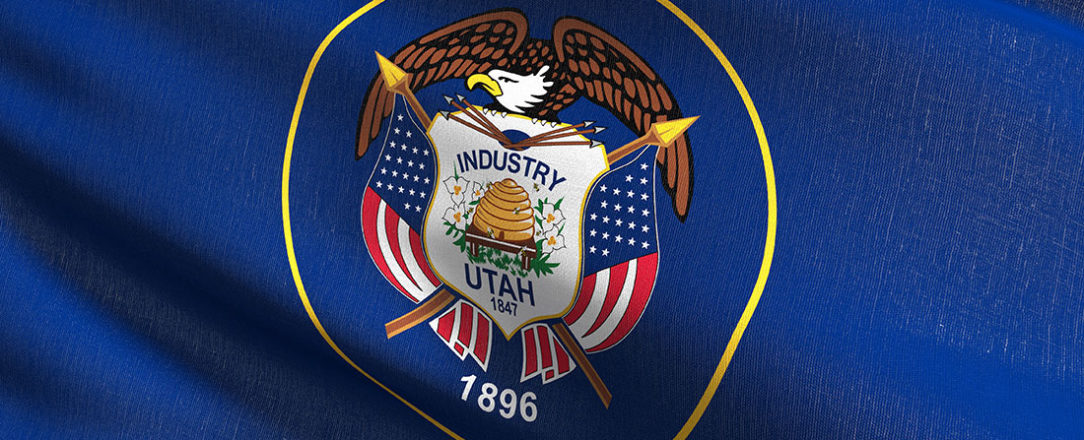Today, the Utah Department of Health (UDOH) announced additional details about the implementation of a “steady state” response to the COVID-19 pandemic, first announced by Governor Cox last month.
Given the widespread access to COVID-19 vaccines and boosters, the UDOH is making these changes to bring the COVID-19 response more in line with responses to other infectious diseases. The changes will encourage individuals to seek care for COVID-19 through their traditional healthcare providers and allow public health staff and resources to focus on other chronic and serious issues that challenge the health of Utahns. While this step is an important move forward, the UDOH recognizes there will likely be times when COVID-19 response efforts need to ramp up again, or specific recommendations will be provided to populations and communities based on their risk level.
“The pandemic is not over but we are in a new phase. We have safe and effective vaccines, tests, treatments that work, and most Utahns have some immunity from vaccines or past infection,” said Dr. Leisha Nolen, state epidemiologist at the UDOH. “Living with COVID-19 will require us to use all we have learned over the past two years. We will use local data to understand what the case and hospitalization trends are in Utah. If these trends become concerning, we may need to consider protective strategies to prevent severe COVID-19 illnesses and to stop our hospitals from being overwhelmed. Our guidance will continue to change and adapt as we learn more and the pandemic progresses.”
Key changes Utahns can expect beginning tomorrow, March 31:

- The COVID-19 data dashboard will update weekly, instead of daily, on Thursdays. This is similar to how often data on other respiratory diseases, like flu, are reported. The UDOH will watch the data closely and monitor trends of COVID-19 by tracking wastewater, clinic and ER visits, hospitalizations, and deaths.
- State-sponsored community (free) COVID-19 testing sites will close. This includes all Mako Medical, Nomi Health (TestUtah), TourHealth,and travel testing lanes at the Cannon Health building and St. George locations. Testing from these providers will no longer be paid by the UDOH. Some may switch to a for-pay, private business model in the same locations and begin billing a patient’s health insurance. Testing providers will decide the types of tests offered, hours and locations, registration processes, and any costs for testing.
- The state will no longer provide free travel testing. People seeking COVID-19 travel testing will need to find a testing provider that offers the type of test required by their travel destination. Travel testing can be found by searching under “test type” here; contacting the travel agent, airline, or travel destination; or searching online for private travel testing options. Many vendors provide options for travel testing; costs vary by vendor and test type, and range from approximately $75-$320 per test.
- The Utah Transmission Index will be retired. Communities and individuals should begin using the CDC COVID-19 Community Levels to guide decision making. The data dashboard includes a map of Utah using the CDC Community Level metrics.
- The COVID-19 hotline (1-800-456-7707) will reduce hours to 7 a.m. to 7 p.m. Monday through Friday and 8 a.m. to 4 p.m. on Saturday, closed Sunday.
- The UDOH monoclonal antibody infusion site has closed. Patients seeking treatment for COVID-19 should talk to their doctor or search the Federal COVID-19 therapeutics locator to find treatment providers in Utah. Some pharmacies and community health centers will also participate in the federal Test to Treat program. Patients should also expect their health insurance to be billed or to be charged out-of-pocket expenses for treatment now, given recent changes to the HRSA healthcare provider claims reimbursement programs.
“We know there are communities that need additional support during this transition, including people who face health, financial, educational, or housing barriers and other inequities that make it difficult to get health coverage and basic healthcare services. We are committed to working with our healthcare partners to identify alternative sources of funding and innovative ways underserved communities can continue to access testing, treatments, and vaccinations,”
Dr. Michelle Hofmann, UDOH medical director.
Additional details of what changes to expect in a “steady state” COVID-19 response can be found at https://coronavirus.utah.gov/steady-state.

